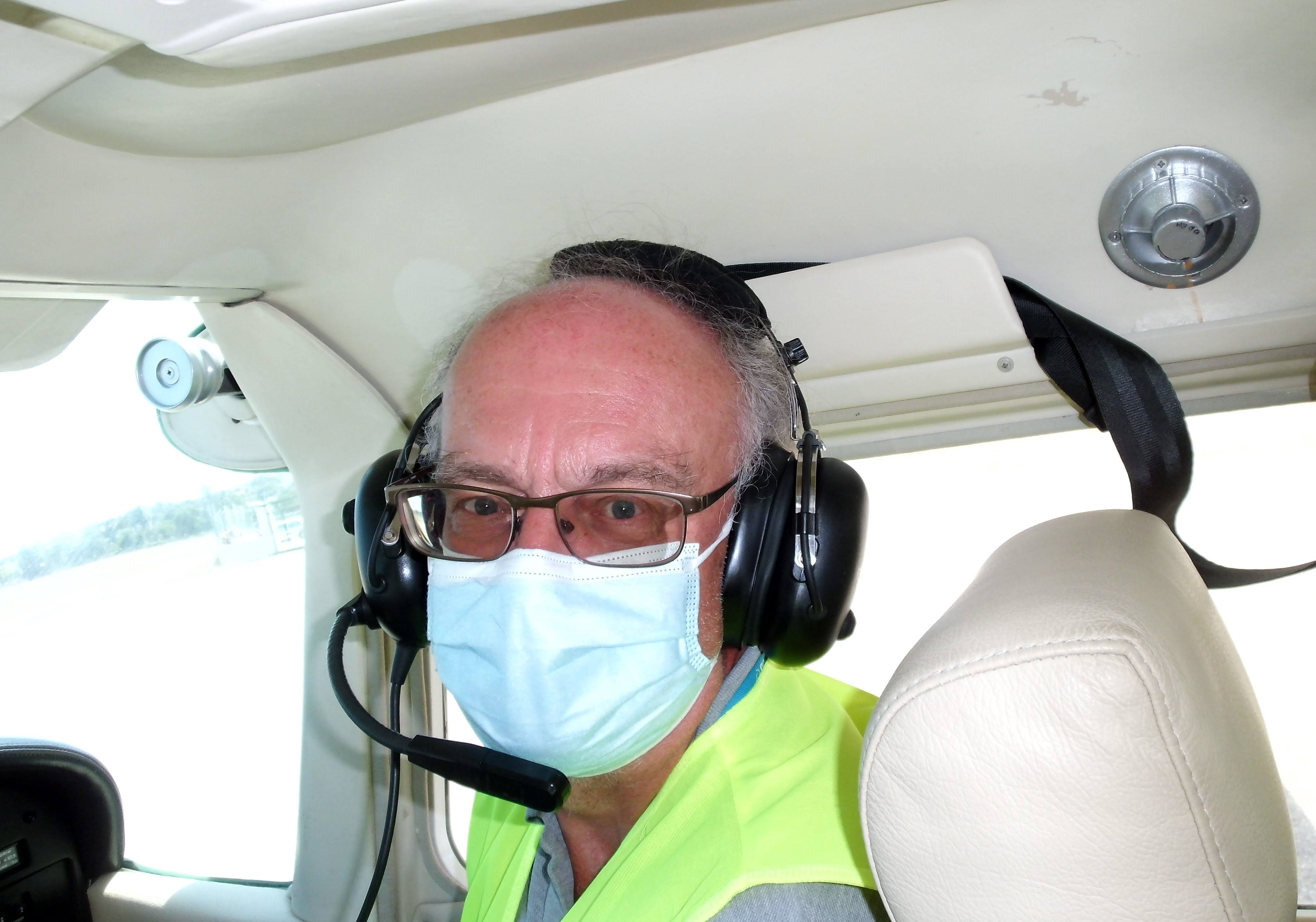The Aviators |
| Flt-Lt David Francis William Atcherley DFC DSO |
||
|
Twin brother of Richard, so you don't need another photo. "Licences which he holds are (according to himself) motor (endorsed), gun, dog, and 'A'." He and his brother became "a legend in the RAF". d. 8 Jun 1952 |
||
|
Hon. Lady Mary Bailey Royal Aero Club Certificate No. 8067 (26 Jan 1927) |
|
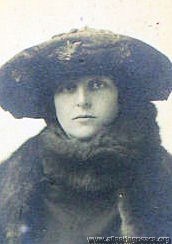 1927, aged 37 1927, aged 37 |
1930, aged 40 |
|
The Hon. Mary Westenra, b. 1 December 1890 in London but brought up mainly in County Monaghan, Ireland. Her family's home was Rossmore Castle, which was a grand affair built in the 1820s, with turrets, a vast drawing room and servants' quarters, not to mention about 20 cottages on the estate:
Here she is, with her brother Willie, and parents (Mittie and Derry) on a set of steps by the house, in 1913:
I visited County Monaghan in 2014 and asked in the local museum if they knew where the house was. 'Oh yes' they said, 'but it was demolished forty years ago'. It seems that it became severely infested with dry rot in the 1940s, was abandoned and, indeed, demolished in 1975. Anyway, here's all that's left of it now:
Mary married South African mining magnate and white suprematist politician Sir Abe Bailey in September 1911 (so, she was 21, he was nearly 47; his first wife had died in 1902 and he already had two children). They then had five more children - 2 boys and 3 girls. She learnt to fly at the London Aeroplane Club in 1926. She was the first woman to fly across the Irish Sea 'by the long route' from Chester to Dublin, the following August. The following March (1928) she began a solo tour to Cape Town, via Malta and then Cairo. Here, her plane was locked away by order of the Governor-General of the Sudan to prevent her from continuing alone, so she contacted Dick Bentley (who had flown to the Cape a few weeks before) to escort her in his own aeroplane over the "dangerous area of the southern Sudan". She then crashed in Tanganyika, writing off her aeroplane (she said it was her fault), but Abe made arrangements for a replacement Moth to be delivered from Pretoria and she continued, despite having 'flu. Abe was there to meet her when she arrived at the end of April. The return journey was made via the western 'French' route - the Belgian Congo, Angola and the French Congo. She finally arrived back at Croydon on 16 January, 1929, 10 months after she left. It was "undoubtedly one of the finest performances ever put up by a woman pilot." Lady Bailey was "so modest, so vague and so charming", and was "surprised that anyone should make a fuss about her journey". A Director of National Flying Services in 1929, (with Frederick Guest, Colonel the Master of Sempill, Alan Cobham, etc); she was also awarded the Brittania Trophy by the Royal Aero Club, and then made a Dame of the British Empire in 1930 for "services to aviation".
At the Chateau d'Ardennes in 1930
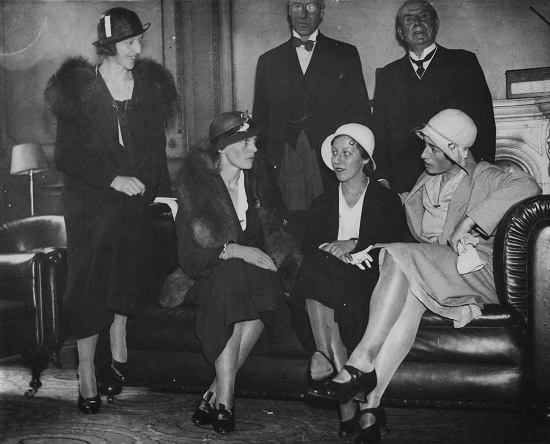
She was a guest at Amelia Earhart's reception at the Royal Aero Club in May 1932.
In early 1933 she gave everyone a scare by disappearing for several days on another solo flight to Cape Town; thankfully, she had only got lost, run low on fuel and landed safely in the Sahara. [Bert Hinkler, who disappeared at about the same time, was killed in the Alps]. She then flew back to England and almost immediately went down with a bout of typhoid, but recovered in time to compete in the King's Cup later in the year.
After that, she concentrated on looking after their horses, giving and attending loads more balls and receptions, and marrying off their many children. When Abe died in 1940, she settled near Cape Town (still keeping a house in Rutland) and died there 29th August 1960 aged 69.
Lady Mary's aeroplanes were: a 1926 DH.60 Moth (G-EBPU), a 1927 DH.60X Moth (G-EBSF, the one she crashed in Tanganyika), the replacement DH.60X Moth (G-EBTG, which Abe bought in Nairobi); a 1928 DH.60G Gipsy Moth (G-AABN); a 1929 DH.60G Gipsy Moth (G-AAEE) and a 1930 DH.80A Puss Moth, G-AAYA.
|
|
|
Mr Lionel Maxwell Joachim Balfour
|
||
|
b. 11 Dec 1905. Ian Long kindly tells me that " Christopher Balfour, Lionel's son, published a lovely book about him in 1999 called "Spithead Express: The Pre-War Island Air Ferry and Post-War Plans" (Magna Press, ISBN 0 95194423 8 7), copies of which can be found on Ebay from time to time."
"Lionel gained a degree in engineering and served his apprenticeship at English Electric. He was left with a substantial amount of money following the death of his mother in 1928. He owned Puss Moth G-ABIY, which his sister Rachel had in fact won in a raffle. He housed it at Hanworth with his Moth G-ABJH.
He was aware of the need for an air link between Portsmouth and Ryde on the Isle of Wight and put a considerable amount of money into Wight Aviation, of which he was a director, in 1931. A Klemm G-ABJX and a Spartan 3-seater G-ABLJ were used by the firm. In 1932, the company attracted Francis 'Lux' Luxmoore who also became a director and the name was changed to Portsmouth, Southsea & Isle of Wight Aviation (P.S.&I.O.W.A.). The venture proved to be a great success, with their pale blue, buff and silver livery. Airspeed were keen to use P.S.&I.O.W.A. to show off their products and the air ferry used 6 Couriers, 1 Ferry and 1 Envoy. The air ferry were also keen Monospar customers."
Another director of PS&IOWA was Sir Charles Rose (q.v.).
He married Lady Myrtle, 24-year old third daughter of the Admiral of the Fleet Lord Jellicoe, in 1932, and here they are after the nuptuals:
She died after an operation on 10 November, 1945 though, and he married twice more. "All of the air ferry aircraft were impressed into service when WWII began and so the company's engineers began to carry out contract work for their neighbours, Airspeed. By the time the war began the company had already manufactured 31 pairs of Oxford wings for Airspeed. Balfour's company undertook a complete rebuild of an Oxford and thus became a part of the Nuffield repair organisation. By the time the war ended they had repaired or modified over 1,000 Oxfords. Keen to restart the air ferry using De Havilland Dragon Rapides, Balfour managed to get a severely restricted charter service going but it ceased by the end of 1947. Now presented as a fully fledged engineering company it looked to others sources of revenue. P.S.&I.O.W.A. became Portsmouth Aviation and designed and built the Portsmouth Aerocar G-AGTG. It was displayed at the 1947 and 1948 S.B.A.C. air shows. Despite great interest in the Aerocar at home and in India, the venture was stalled. During the latter half of the 20th century the company were constructing military ordnance carriers and loaders. Lionel Balfour died in 1973." |
| Flt-Lt J Bradbury | ||
|
|
Transferred from the Army to the R.F.C. in 1917; 1919-20 R.A.F. in Egypt, and from 1921-25 in India, seeing active service in Waziristan in 1923 and 1925. A test pilot at Martleslham from 1926. |
|
| Mr Mogens Louis Bramson | ||
|
photo: 1923, aged 28 |
from Copenhagen. Flew with Major Savage's 'Sky Writers' at Hendon in the 1920s - borrowed an aeroplane to write a certain lady's name in the sky. She, of course, later became his wife. And, would you believe it, he was in charge of the 'Scandinavian Sky-Writing Expedition' in 1923-24.
|
|
|
Miss Winifred Sawley Brown Royal Aero Club Certificate No. 8091 (6 Apr 1927)
|
||||||||
|
b. 26 November 1899 in Brooklands, Cheshire; her father was director of a firm of butchers.
She said she learnt to roll her own cigarettes at the age of five; expelled from school at age fourteen (for writing 'the headmistress can go to hell' on the toilet wall), she made her first flight in 1919 from Blackpool sands.
First woman to win the King’s Cup (in 1930); well known in Lancashire as a hockey player who kept goal for the county and toured Australia with an English team; also a pretty good golfer, sailor and tennis player. To see her being thoroughly embarrassed by her reception back at the Lancs Aero Club after winning the King's Cup, and to hear her say “Thank you for this welcome, it’s awfully good of you and I’m awfully happy to be back again in Lancashire, at the aerodrome where Captain Brown taught me to fly…. I’m delighted to have won the race and, well, thank you all very very much, I can’t say any more”, see here
Her son, Tony, b. 11 December 1940 in Angelsey, is "loved and remembered by millions as slippery Adam Chance in Crossroads". She owned: the 1928 Avro 594 Avian III, G-EBVZ - which her father bought for £500 - in which she won the King's Cup in 1930, then a 1930 Avro 616 Sports Avian, G-ABED. 'Win' died in July 1984 in Hove, Sussex. And you can now get a proper biography, entitled "WINIFRED BROWN: Britain's Adventure Girl No. 1", written by King's Lynn's most famous living author, Geoff Meggitt. See www.pitchpole.co.uk for details!
|
||||||||
|
Flt-Lt (later Sqn-Ldr) (Sir) David Vaughn Carnegie KBE CB AFC
photo: 1930 |
|
One of the most experienced flying-boat pilots in the country: 3,000 hours by 1931. RNAS during WWI, then flew in and around the Mediterranean and the Far East; spent 18 months as honorary instructor to the Singapore Flying Club. Later an Air Vice Marshall. |
|
Miss Fidelia Josephine Crossley
|
||
|
'Delia', born 1st June, 1905, the daughter of Sir Kenneth Irwin, 2nd Baronet Crossley, Chairman of the Crossley Car and Engineering companies in Manchester. In 1919, the Crossley family moved to Combermere Abbey, Whitchurch, Shropshire and her father held the offices of High Sheriff and Justice of the Peace for Cheshire. These days, although it continues in private ownership, Combermere Abbey ‘welcomes visitors in groups or on specific days by appointment’. It has been described as ‘one of the most romantic places in Europe’ . Gained her pilot’s licence in 1930. She only competed in the King’s Cup once - in 1931, when she was the only woman competitor to finish, a gallant 20th out of the 21 finishers (another 20 dropped out on the way, don't forget). August 1931 found her in Dublin; "Among the visitors was one who deserved especial mention, and that was the intrepid Miss Crossley, who put up such a fine show in the recent King's Cup race. She flew the long way round, and is now continuing to tour the country." In 1932, she visited India, where "we hear she has been doing a considerable amount of flying." In fact, she competed in the Viceroy Cup (India's version of the King's Cup) with 5 other English pilots and 6 from India. She also competed in several other races and gatherings, e.g.
Delia with C C Grey (editor of 'The Aeroplane'), Mrs Grey, Connie Leathart and others. She also entered her Comper Swift in the 1932 King's Cup Race, but withdrew before the start, and seems to have retired from air racing in 1935. On the outbreak of WWII, Delia became an ambulance driver for the London County Council, but then applied for a job as a ferry pilot for the Air Transport Auxiliary (ATA). Air Transport Auxiliary in WWII She married Geza O Schubert in September 1949.
Fidelia’s de Havilland D.H. 60G Gipsy Moth G-AAKC (seen here behind G-AACY) was first registered in July 1929, and she bought it from Malcolm Campbell Ltd, the Moth distributors for the UK. She eventually passed it to her father, and it was then sold in South Africa in 1937. Her Comper Swift was first registered in February 1932 to J D M Gray, and she sold it to Arthur H Cook. It ended up in Indonesia.
|
|
Flt-Lt Wilfrid Leslie Dawson
|
||
|
b. 2 Apr 1890 in Huddersfield. One of the first tranche of cadets at Cranwell when it opened in 1920. Posted to RAF Staff College, Andover from January 1934, for 'Staff College Course No 12', then posted to 'Headquarters, Palestine and TransJordan' the following year. Sqn Ldr from 1936. Married Elizabeth McIntyre, and their daughter was born in the Government Hospital Jerusalem in 1936, while he was also learning 'colloquial Arabic'. 216 (Bomber Transport) Sqn in Egypt in 1937, Wing Cmdr from 1939. In December 1939 he was one of 6 who survived the crash of an Imperial Airways airliner which crashed in the Mediterranean (5 died). Grp Capt and CBE in 1943; Air Commodore and CB in 1945; Air Vice Marshall in 1948; Deputy Chief of Staff for Plans and Operations at NATO in 1953. |
| Lord Malcolm Avondale Douglas-Hamilton OBE DFC | ||
|
|
||
|
b. 1909, the third of four brothers involved in aviation before, during and after WWII.
In 1932, Flight reported that "The amphibian service between the Clyde and Belfast was opened on August 13 when the new flying-boat Cloud of Iona made the first trip. The passengers included Lord and Lady Malcolm Douglas Hamilton." He was granted a commission as a Flying Officer in June 1932, in 603 (City of Edinburgh) (Bomber) Squadron, Auxiliary Air Force. Later a Wing Commander / Acting Group Captain during WWII who, with his second wife Natalie Winslow, founded the American Scottish Foundation after the war. Died 1964 in a flying accident in Cameroon. ------------ Malcolm's younger brother David was killed in WWII when he crashed just short of RAF Benson to which he was returning from a mission in a Mosquito; his elder brother George married ATA pilot Audrey Sale-Barker (q.v.), and finally his eldest brother Douglas flew over Everest and later became an Air Commodore in the RAF - it was he who handed Rudolph Hess over to the authorities.
Here is Douglas, getting ready to go on Lady Houston's Everest expedition in 1933:
|
||
| F/O (later Flt-Lt, Sqn Ldr) Edward Cecil Theodore Edwards | ||
|
|
||
|
Cecil, brother of Hugh. From Kensington, London. Sometimes known as "Sphinx". M.A.(Oxon); rowing blue in 1925 and 1926 (when he was the "best man in the crew, as always"); the first member of the Oxford Air Squadron to qualify as a pilot. Flew, with Winifred Spooner, a Desoutter in an attempt to reach Cape Town in 1930, but they had to ditch in the sea off Italy, and swim about a mile to shore. Winner of the King's Cup in 1931; here is his "Competitor's Armband" from the race:
Apparently, after the race, "a triumphant Cecil 'Sphinx' Edwards was invited to Sir Robert MacAlpine's house to celebrate the win (Sir Robert had lent Sphinx his Bluebird aeroplane). On leaving the party, Sir Robert grabbed the trophy, said "Well done Edwards" and that is the last that Sphinx or the family would ever see of the trophy. It is now awarded at Henley as The Prince of Wales Challenge Cup after mysteriously being donated to Henley by an antique shop owner." with many thanks to Gavin Jamieson, who found the armband among his family's archives
Killed in WWII: 31st August 1940, when a Wing Commander (pilot) 53 Sqn RAF; buried in Rotterdam, Holland. |
||
| Mr Thomas Constantine Fawcett | ||
|
photo: 1930, aged 32 |
||
|
A Engineer from County Durham |
||
| Mr Arthur Franklyn | ||
|
photo: 1930, aged 23 |
||
|
A speedway racer in Manchester in 1929-31 (see also Jack Ormston) who was briefly the 'King of the White City'. Retired from speedway and took up a commission with the RAF. d.1983 in Ipswich, Suffolk |
||
| Flt-Lt Frank George Gibbons | ||
|
|
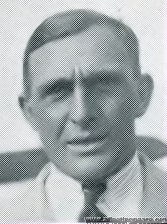 1930, aged 31 1930, aged 31 |
|
|
from Peterborough; WWI air ace (14 victories); killed in May 1932, flying into a tree during the Morning Post (Heston) air race. 1932: "The tragic loss of Fit. Lt. Frank George Gibbons during the race organised by the Morning Post on Saturday, May 21, was one which came as a shock to his many friends. It would appear fairly certain that his death was due to his colliding with a tree while looking at his maps inside the cockpit, and was in no way caused by any defect in the "Spartan" three-seater he was flying at the time. He was a particularly likeable character, besides being an outstanding expert as a pilot. He was one of those people about whom one never heard any gossip, and his likeable character is shown by the fact that although he was the best of companions at the kind of party which usually finishes an air meeting, he was equally at home spending an afternoon playing with young children. He first joined the R.F.C. in June, 1917, as an air mechanic (cadet), and gained his commission in November of the same year. He was gazetted as a Fit. Lt. on June 1, 1926, and won the D.F.C. for services in the field. Not only was he a very fine pilot of land aircraft, but also of flying boats. On January 5, 1931, he went to Calshot, and from there he was posted to No. 204 Flying Boat Squadron at Mountbatten, Plymouth, of which he was a member at the time of his death. He was a brilliant navigator, and this form of race was one in which he was particularly interested. It is perhaps, therefore, some consolation to feel that if he himself could have had the choice, he would have undoubtedly have chosen to die when flying "flat-out" during such a race, in the manner he did. The funeral took place at Ipswich on Wednesday, May 25. He was 33 years of age and unmarried." |
||
| F/O John Woodburn Gillan DFC and bar, AFC | ||
|
|
|
|
|
b c1907. From Edinburgh. Established a world's land plane record in an RAF Hawker Hurricane on February 10, 1938; flying "blind", he covered the 327 miles from Edinburgh to London in 48 minutes, an average speed of 408.75mph. This feat earned him the nickname of 'Downwind Gillan'. AFC in January 1939 as Sqn Ldr. Killed in WWII: 29th August 1941, when a Wing Commander (pilot) RAF; buried Dunkirk. |
||
| Mr Fred Gough | ||
|
photo: 1927, aged 28 |
|
|
|
From Norwich, a 'cardboard and container manufacturer'. Joined the RFC as a private in 1916. Manager of the Norfolk and Norwich Aero Club from 1927. |
||
| Mr John Grierson | ||
|
|
|
|
|
Having joined the RAF but then regretted it, John tried to resign in 1931. However, his resignation being refused, he smuggled himself from where he was stationed in India into his D.H.60G Moth 'Rouge et Noir' (which he had bought from Glen Kidston, and which was painted red one side and - you guessed it - black the other), and flew home, making long hops to avoid R.A.F. aerodromes. "The business was settled in the end without a courtmartial, though not without a period of open arrest". Next came a solo flight of 9,000 miles round Russia, and then an abortive attempt on the Arctic air route in Rouge et Noir equipped as a seaplane; a nose-over into a choppy sea at Reykjavik put paid to the attempt. Rebuilt, and fitted with wheels and ski equipment, the little Moth finally carried Mr. Grierson round Eastern Europe in mid-winter. Then, in 1934, he made a successful westbound Atlantic flight via Iceland in his de Havilland Fox Moth 'Robert Bruce'. Transferred to Hawker and then Gloster as a test pilot; he was one of four pilots to fly Britain's first jet aircraft, the Gloster/ Whittle E.28/39. Wing commander after WWII, then a Member of the Council of the Royal Geographical Society. d. 21 May 1977 in Washington DC, aged 68. He was addressing a symposium at the Smithsonian's Air and Space Museum to mark the 50th anniversary of Lindbergh's transatlantic flight when he was taken ill; he died a few hours later in hospital. |
||
|
Miss Diana Guest Royal Aero Club Certificate 8756 (27 Aug 1929) |
||
|
photo: 1929, aged 20 |
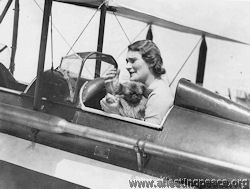 |
|
|
Frederick's daughter; later sculptress Diana Guest Manning. [Mr Manning was one of her 3 husbands]. "I was born and brought up in the country in England. My parents, Amy Phipps and Frederick Guest, met in India and married a year later in London. They settled in a beautiful Queen Anne house near Oakham named Burley on the Hill".
"AN ATALANTA OF THE AIR - MISS DIANA GUEST, CAPTAIN "FREDDIE" GUEST'S PILOT DAUGHTER. Miss Diana Guest, the young daughter of Captain the Hon. Freddie Guest, P.C., C.B.E., D.S.O., etc., Chairman of the National Flying Services, was born in 1909, and recently made her debut in society. She has also just made her debut in the air, and took her pilot's A certificate recently. She and her father had their flying lessons at the same time, and took their respective tickets simultaneously for although Captain Guest, who was born in 1875, has long been interested in flying, and was Secretary of State for Air from 1921-1922, he was not the holder of a pilot's A certificate. " The Sketch, 1929 In 1981 "Miss Guest, who divides her time between Paris and Palm Beach, Fla., and whose works have been exhibited in museums around the world, has donated 27 pieces of her sculpture to Old Westbury Gardens". Diana owned:
d. 1994 |
||
| Capt (later Sqn-Ldr, Air-Comm) the Hon Frederick Edward Guest CBE DSO MP | ||
|
|
|
|
|
b. 14 June 1875 in London. 'Freddie', Winston Churchill's cousin; Diana's (q.v.) father; Liberal then Conservative politician (Secretary of State for Air in 1920-22, despite the fact that, at the time, he knew "very little about aviation, but it is to his credit that he does not pretend to know"). Died 28 April 1937. |
||
| Flt-Lt Lewin Edward Alton Healy | ||
|
|
|
|
|
RAF Cranwell, 1922. Twice mentioned in dispatches.
|
||
| Mr Angus Charles Stuart Irwin | ||
|
|
|
|
|
born in Motihari, India; educated at Marlborough and Sandhurst. RFC in WWI: 2 victories, but was then shot in the foot by a member of Richtoven's squadron. Post-WWI, was "engaged in the estate business" (whatever that means). |
||
| Mr Alfred Charles Morris Jackaman | ||
|
|
|
|
|
A civil engineer from Slough; in 1936 he and Marcel Desoutter decided that an airport at Gatwick might be a nice idea (it was, after all, "outside the London fog area"). He later married Australian-born Muriel Nora 'Cherry' Davies and they ended up near Sydney; he died in 1980, but she survived until 2011 - aged 101. see |
||
| Lieut Caspar John, RN | ||
|
|
|
|
| Son of Augustus (the artist and well-known pacifist); mother died when he was 3; later became Admiral of the entire Fleet, which must have gone down well with his dad.
d. 1984. |
||
| Mr Andrew Colin Paul Johnstone | ||
|
|
|
|
|
b. 23 Sep 1906, Orpington A ground engineer with Cirrus Engines. He was taught to fly by the late Col. G. L. P. Henderson, and obtained his "A" licence in 1929. The 1931 King's Cup was his first air race. d. 1975 - Brent, London |
||
| Mr Harrington Robley Law | ||
|
|
|
|
|
Originally from Scotland; son of Bonar Law. In 1939 a member of the Insurance Flying Club. Apparently he had a lisp, but was very able. |
||
| P/O (later F/O, Flt Lt) Haliburton Hume Leech | ||||
|
photo: 1926, aged 18 |
|
|||
|
Haliburton H Leech was born 16 Apr 1908, in Wylam-on-Tyne, Northumberland. He competed in 6 King’s Cup races – every year from 1929 to 1934. His father, Dr. (later Sir) Joseph William Leech, J. P., was the Sheriff of Newcastle-upon-Tyne, and later its M.P.; at the time they lived in Wylam Hall, which according to English Heritage is a vast “rambling house built in the 15th century with 18th-19th century alterations, since divided into 3 apartments”. Haliburton was the youngest of 3 sons. He went to Harrow from 1922 to 1925, then gained his Royal Aero Club Certificate (No 7993) at Cramlington with the Newcastle-on-Tyne Aero Club, flying a D.H. Moth, on the 10 Apr 1926.
In 1931, Flight described him thus: “… a well-known figure at flying meetings, as his aerobatic demonstrations in the Martlet are always amongst the prettiest to be seen. He entered Cranwell as a cadet in 1925, finally leaving there and being posted to Tangmere in 1927. He was promoted to Flying Officer in July 1929, and in 1930 went to the Royal Aircraft Establishment at Farnborough, and has since been engaged on a great deal of test work, flying a large variety of machines. This year he was selected as one of the members to join the High Speed Flight at Felixstowe preparatory to receiving his training to take part in the forthcoming Schneider Trophy Race, but, much to his disappointment, he was later sent back to Farnborough, as it was found that there were too many pilots in the flight. F/O. Leech has raced on numerous occasions in light aircraft, and is always consistent.” However, during one such aerobatic demonstration, one cynic pointed out that "After all it does not matter if he does crash, as his father is a doctor!” In 1932, he piloted the Royal Aircraft Establishment’s Scarab (a parasol-wing modification of the D.H. 53 Humming Bird) on its first flight.He was posted to the School of Naval Co-operation, Lee-on-the-Solent, on the 1st March 1934, then (as a Flight Lieutentant) to No. 824 (F.S.R.) Squadron, Upavon, on the 8th October 1934.
He was best man at his elder brother Basil's wedding to Grace Luckham in September 1937, then married Miss Ruth Janet Chernocke Elliott (the younger daughter of Mr and Mrs A E Elliott of Little Hill, Bromeswell, Woodbridge) at Eyke Church, Suffolk on 9th October 1937. The happy couple then left by air, from Martlesham, 'for abroad'. He retired from the RAF in September 1938 due to ill-health, and died 5th May 1939, in St Bartholomews Hospital, when he was only 31. Unusually, 'Flight Magazine', who carried innumerable references to his flying displays, carried no news of his death - normally they would have produced a short obituary of someone so well-known in aviation circles. His gravestone (with thanks to the Gravestone Photographic Resource) is in Eyke Church:
His father, Sir Joseph, died a year later. Ruth married a Mr Foster in 1940 and died in 1986 in Ipswich; she was referred to as 'Ruth Janet C Lady Foster'. He competed in loads of air pageants and races throughout the 30s, including: - The Kingston-upon-Hull Air Race, at the Hull Air Pageant which was held to celebrate the opening of the Hull Aero Club clubhouse in April 1930. The 7 entrants were Leech (flying "Miss Perry's D.H. Moth G-AASG" *); Winnie Brown flying her Avian G-EBVZ; Winifred Spooner in her D.H. Moth G-AALK; Ivor Thompson (D.H. Moth G-AACL); Alfred Jackaman (D.H. Moth G-AADX); Robert Cazalet in his Westland Widgeon G-EBRM, and Capt G Thorne in Avro Avian G-AAHJ. Leech finished first but was disqualified for ‘not turning at one of the marks’.
* Miss Violet Perry (seen here), who flew at the Berks Bucks and Oxon Club, is not listed as the owner of G-AASG, though; it apparently belonged to 'Miss M Shillington'. September 25, 1932 saw him coming 3rd in the Yorkshire Trophy Race - "175 and a half miles over two triangular circuits" in the Arrow Active, behind Edgar Percival in a Gull, and Col. Louis Arbon Strange in his Spartan. Later, "F/O. Leech gave one of his thrilling, if not hair-raising, displays on the Arrow Active."
A few weeks later (12 August 1933), he put up the fastest time in the London to Newcastle Race in Richard Shuttleworth's Gypsy-engined Comper Swift G-ABWW, but ended up 5th (of 10) on handicap. He received a cheque for £10 for his effort; the 166.09 mph was "the highest registered speed obtained on any British light aircraft" at the time. In July 1937, he was listed as one of 15 competitors in the Devon Air Race (which also included Alex Henshaw, Connie Leathart, Tommy Rose and Geoffrey de Havilland) but withdrew before the start. In the King’s Cup: 1 - G-EAUM (1929) This aircraft was a real-old-timer, an Avro 534 ‘Baby’, first registered in July 1920. Squadron Leader Harold Payn had raced it in 1922, and R. A. Whitehead (who sold it to Leech) in 1928. Leech, in turn, sold the aircraft to H.R.A. Edwards, and it was finally withdrawn from use in November 1934. 2 - G-AALK (1930) This D.H.60G Gipsy Moth was almost new (first registered August 1929), and belonged to the Household Brigade Flying Club at Hanworth. It was flown by Squadron Leader the Hon. Frederick E Guest in the 1931 race, then went to Wrightson Air Hire, but crashed at Shackend Railway Station near Hawick in April 1937. 3 - G-ABIF (1931) This Southern Martlet 205 had only been registered in January 1931, and belonged to Miss J Forbes-Robinson. Theodore C Sanders flew it in the 1933 King’s Cup race. It was withdrawn from use in 1940, but went to the ATC during WWII, until it was finally cancelled in December 1945. 4 - G-ABVE (1932, 1933) G-ABVE was the only Arrow Active II ever built, registered in March 1932 to Arrow Aircraft Ltd of Yeading, Leeds. Leech flew this aircraft in the 1932 and 1933 races, achieving 137mph. In an extraordinary link with MacRobertson aviator Geoffrey Shaw, they were together in July, 1932: "Six members joined the Yorkshire Aeroplane Club during June, amongst them being Mr. Geoffrey Shaw and Mr. A. C. Thornton. The latter is the designer of the" Arrow Active," and his latest production, the "Active II" has been much in evidence, being tested by F/O.H. H. Leech." After the race, it was stored at Yeading until 1957 before being completely renovated in 1958, with the installation of a 145-hp Gipsy Major engine. It survives, and is now in the Real Aeroplane Collection at Breighton Aerodrome, Selby, Yorks. 5 - G-ACUP (1934) Unfortunately, the registration of this brand-new Percival D.3 ‘Gull Six’ did not prove prophetic; Leech only managed fifth in the heats, despite averaging 160mph. The Gull went on to re-appear in the Kings’ Cup in 1938, flown by H Thomas-Ferrand, and was then sold in Australia in May 1939.
|
||||
| F/O John Francis Xavier McKenna AFC | ||
|
|
|
|
|
b c.1906. From Porton, Wilts. B.Sc. F.R.Ae.S. AFC in January 1939 as Sqn Ldr Killed in WWII: 19th January 1945, when a Group Captain RAF; buried Durrington, Wilts. |
||
| Mr Carill Stanley Napier | ||
|
|
|
|
|
b. 29 Apr 1907 From Putney, London Son of the famous engine-maker Montague; an apprentice with Westlands in 1929. 'his one recreation apart from flying is the commendable indoor sport of darts. Believes that air-racing is good fun only when taken not too seriously'' Killed in WWII: 29 April 1941, when a First Officer in the Air Transport Auxiliary; buried RAF Halton, Bucks. see https://www.ata-ferry-pilots.org/index.php/category-blog-1939/53-napier-carill |
||
| Mr John Gladholme 'Jack' Ormston | ||
|
photo: 1931, aged 21 |
|
|
|
a Speedway Rider from Durham. Yep; a speedway rider. Apparently, [it says here], a rider in the historic 1936 World Championship Final. [see also Arthur Franklyn]. "Mr Ormston has already used his Westland Widgeon on several occasions as a means of travelling between one speedway track and another, or from Wembley to his home at Coxhoe, Co. Durham." d. 2006. |
||
| Wing-Cmdr Harold Melsome Probyn | ||
|
|
|
|
|
from Lancashire, later an Air Commodore; retired to Kenya. Felt that aviation wasn't as much fun after the invention of the parachute. In 1927-8 he entered as 'Harold Brooklyn', and 1929-31 he entered as 'J Wellworth'; I have no idea why. |
||
| Lieut C RV Pugh, RN | ||
|
|
|
|
| ?? | ||
| Sqn-Ldr (later Wing-Cmdr) James Milne Robb GCB KBE DSO DFC AFC | ||
|
photo: 1916, when a Captain in the 4th Northumberland Fusiliers, aged 21 |
photo: 1944, aged 49 |
|
|
from Northumberland. RAF during WWI, then Iraq and Kurdistan. Chief Flying Instructor at RAF Wittering 1927-30. Later Air Chief Marshall Sir James; WWI ace (7 victories); helped form the Empire Air Training Scheme in 1939; advisor to Mountbatten, Eisenhower in WWII. d. 1968 |
||
| Lt Patrick Geoffrey Tremayne Rodd, RN | ||
|
|
|
|
|
"He runs a Puss Moth as well as a Speed Six Bentley. He is probably unique, in that he has had his chauffeur, Mr. J. Camp, taught to fly at the Hanworth Club, so that he can have either his aircraft or his car brought to him when he requires them. He does a great deal of Continental flying..." He was killed 31 Jan 1933 when making too 'impetuous' a turn after taking off from a snow-covered lake at St Moritz. A 'good natured, wealthy young pilot'. And his 1919 diaries are in the National Archives. |
||
| Hon Leopold Oliver Russell | ||
|
|
|
|
|
In 1931, an Assistant Advertising Manager from Milton Ernest, Bedfordshire Later, Director-General of the British Cement and Concrete Association (1958) d. 1988 |
||
| Mr Thomas William Shipside | ||
|
photo: 1928, aged 28 |
|
|
| A Motor Agent from Nottingham - [actually, the Morris car distibutor for Nottinghamshire and part of Leicestershire] who used his aicraft in his business, and apparently flew all over the country with his wife. | ||
| Mr Francis Stanley Symondson MC | ||
|
|
|
|
|
b. 27 Mar 1897 in Sutton, Surrey but living in Fowey, Cornwall; WWI ace (12 victories). Went to Italy in WWI flying Camels with 66 Sqn, and was shot down once in Belgium and twice in Italy. Despite being over 40 when WWII broke out, Francis joined the RAF as a Flt-Lt and then in June 1943 joined the Air Transport Auxiliary (ATA).
See https://www.ata-ferry-pilots.org/index.php/category-blog-1943/822-symondson-francis-stanley |
||
| Mr John C Webster | ||
|
|
|
|
|
"The first overseas entrant for the King's Cup air race—Mr. John C. Webster, of Montreal —wants to take the cup back to Canada and fill it with snow. 'Snow' he said, 'is a good friend of the Canadian flier.' 'I made the longest flight of my life when I made the practice flight over the course for the King's Cup race', he confessed, with a boyish smile, 'though I have been flying for three years. The course is nearly 1,000 miles long, and we don't often fly as much as that in a day—even in Canada. When I start in the race from Heston Air Park on July 25th, I will be starting the hardest day's flying of my life'. 'Britain may not be very big, but viewed from the air there is so darned much of it. Out there, you can fly hundreds of miles without noticing much difference in the landscape, but here everything down below seems to be all of a heap. And that just about describes your weather, too.' Mr. Webster is a member of the Montreal Flying Club, whose chief instructor is Captain ("Tony") Spooner, brother of Miss Winifred Spooner, the famous woman flier." "TRAGEDY has overtaken Mr. J. C. Webster, the Canadian pilot who recently took part in the King's Cup air race on a Curtiss-Reid "Rambler." While flying over St. Hubert [Montreal] aerodrome, it is stated, the machine got into a spin and crashed, Mr. Webster sustaining injuries from which he died later in hospital. His death occurred a few hours before an official reception, which was to have been given to celebrate Webster's return from England." From Shediac, N.B. His father established the Webster Memorial Trophy - the premier Canadian aviation award - in his memory. |
||
| Mr George Noel Wilson | ||
|
|
|
|
|
a 'merchant' from London, born in Darlington; died 1957 |
||
| Flt-Lt Cyril Beresford Wincott | ||
|
1931 |
|
|
|
b. 1896; RNAS in WWI, then went out to East Africa for 3 years to make his fortune growing coffee, but as the fortune did not materialise came back and joined the RAF. Pilot at Martlesham Heath (in 1931 he was Flight Commander, 22 Squadron), later Air Commodore, Ministry of Aircraft Production during WWII, Officer 'in charge of the West Coast, USA' in 1943 (sounds like a nice job) and Air Attache to Moscow (sounds like a horrid job) after WWII; died 1972 |
||
| Sqn-Ldr (later Wing-Cdr) John Whitaker Woodhouse | ||
|
|
|
|
|
from Devon; pre-WWI, a well-known car and motor-cycle racer. A member of No. 4 Squadron in WWI, he was the first pilot to land a spy successfully behind the German lines, and was also lost over the North Sea for several hours after having attacked and driven off a Zeppelin. In 1931, he was in command of No. 207 (Bombing) Squadron at Bircham Newton. |
||
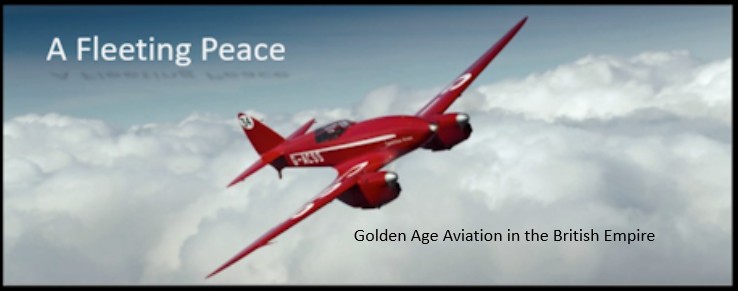
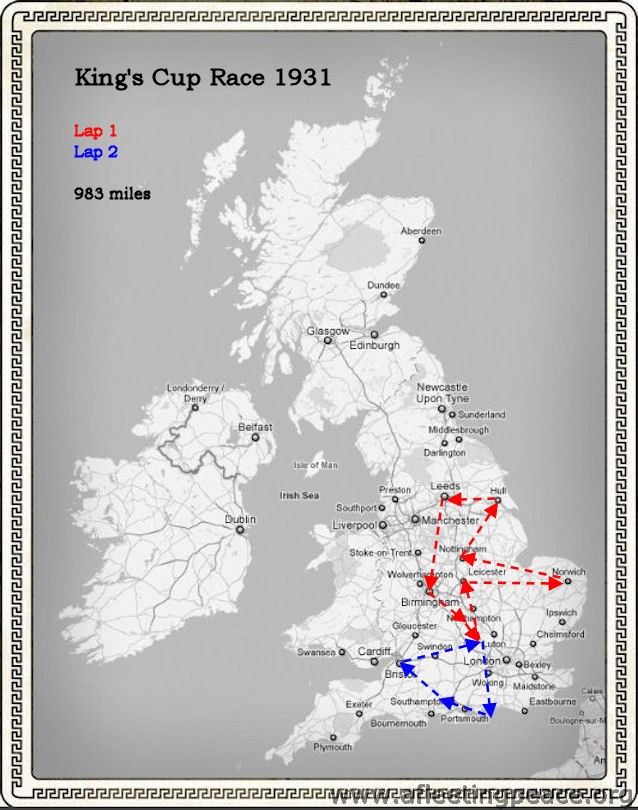

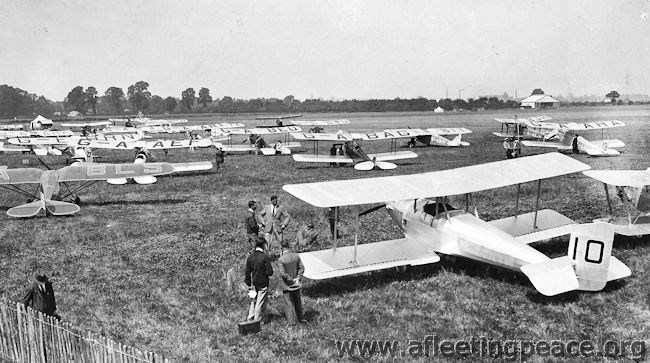
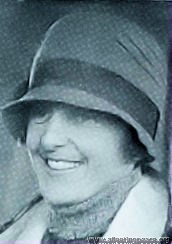
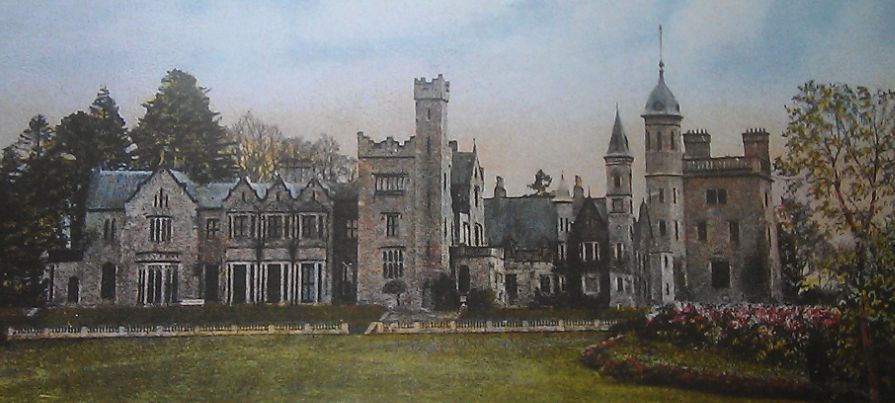 www.monaghan.ie/museum
www.monaghan.ie/museum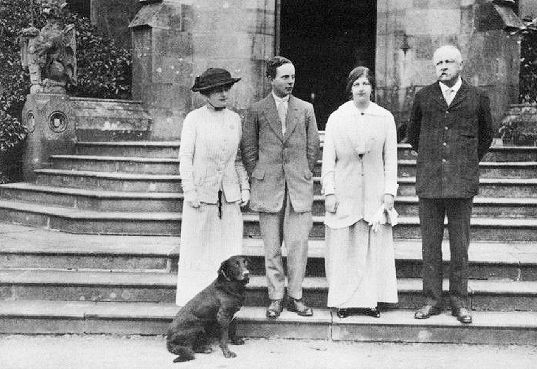 Throttle Full Open
Throttle Full Open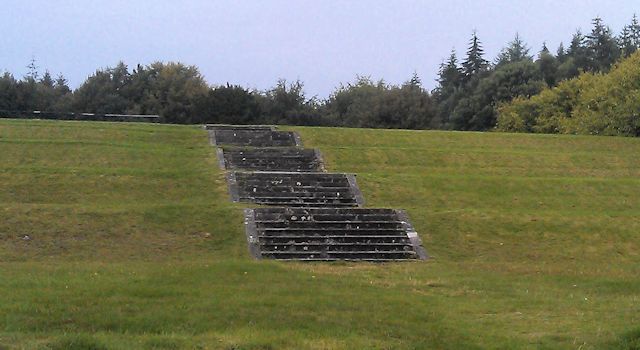
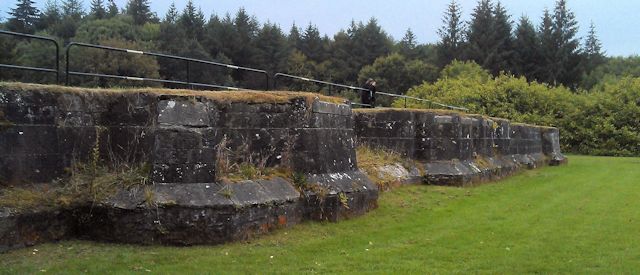
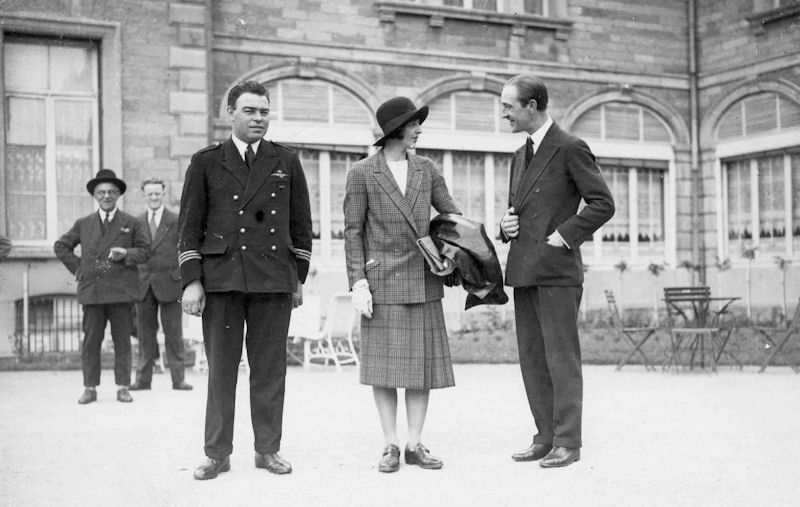
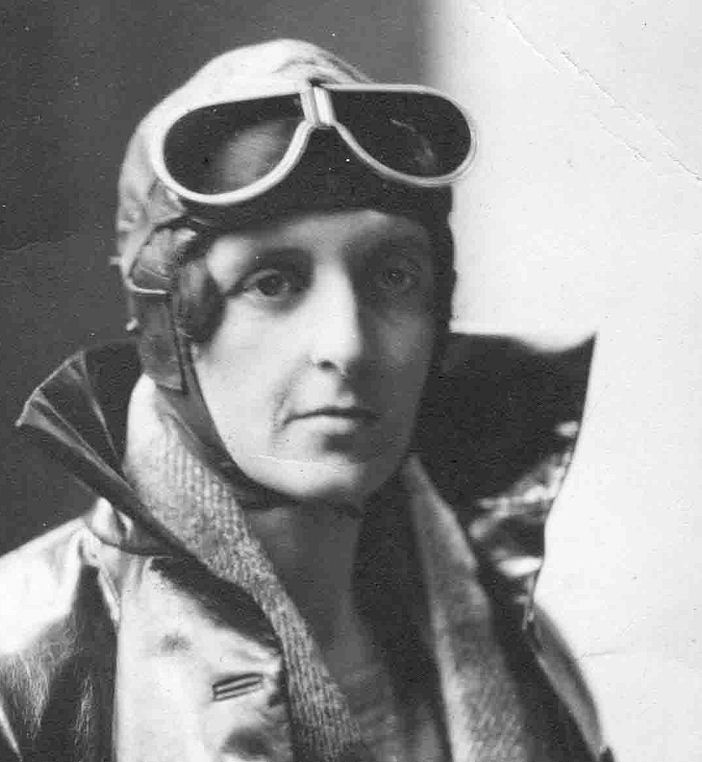
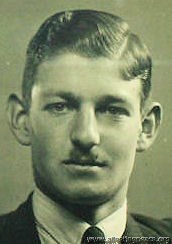 photo: 1930, aged 25
photo: 1930, aged 25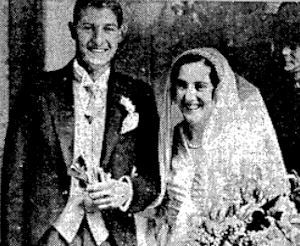
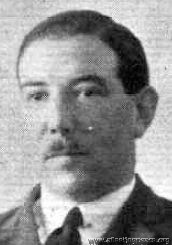 1931
1931 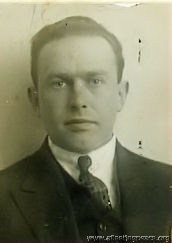
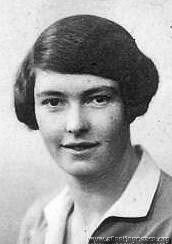 photo: 1927, aged 28
photo: 1927, aged 28 .jpg)
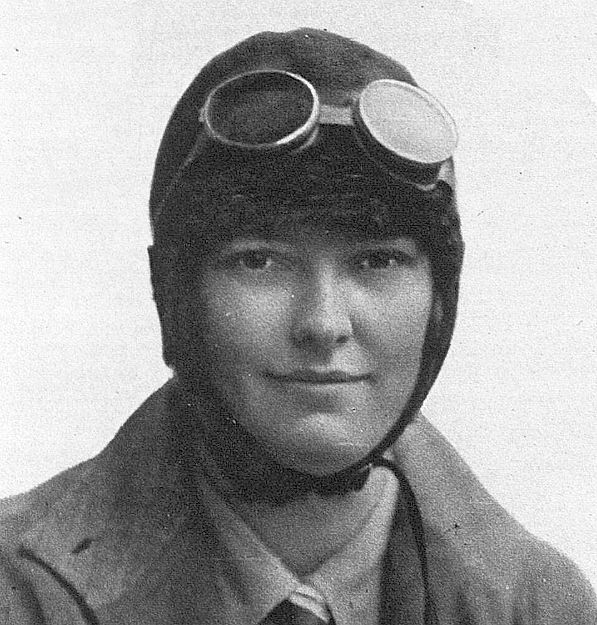 "A Well-known English Pilot" - The Sketch, 1929
"A Well-known English Pilot" - The Sketch, 1929.jpg)
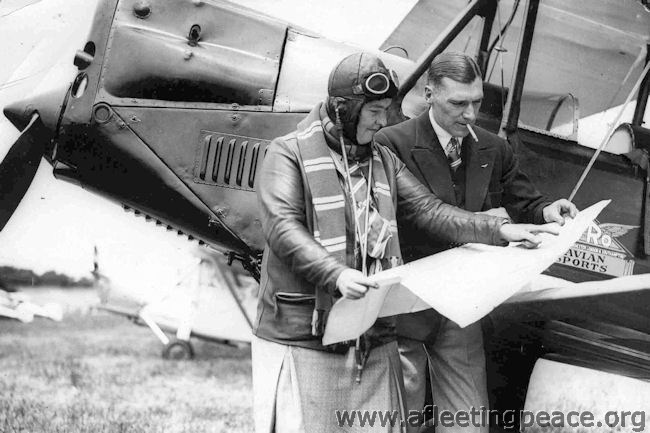
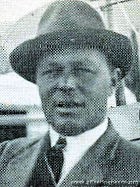
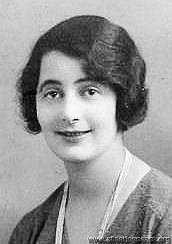 in 1930, aged 25
in 1930, aged 25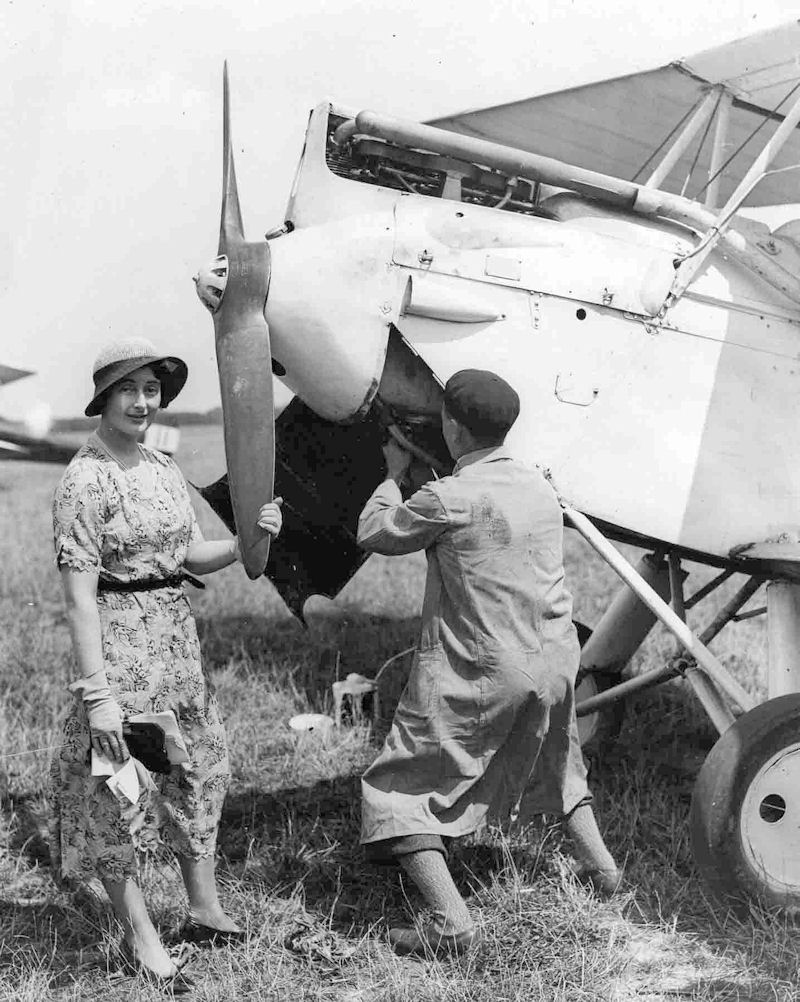
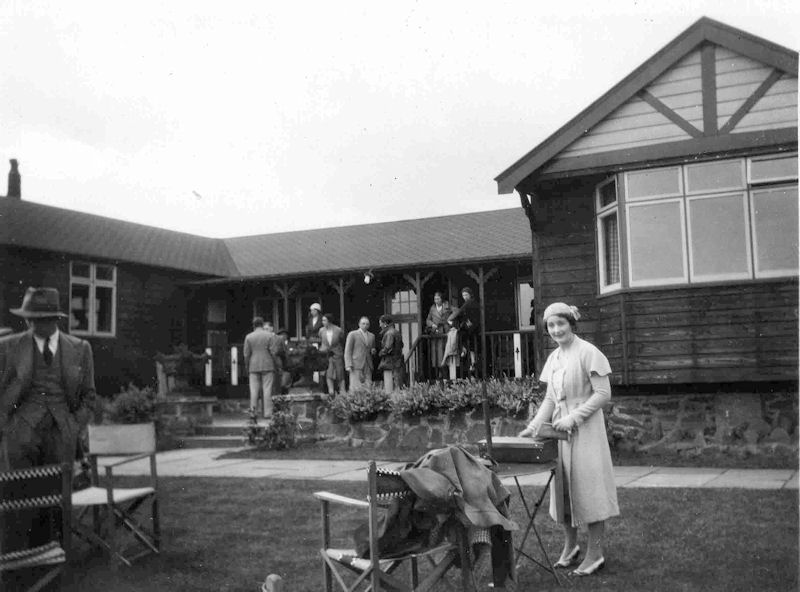
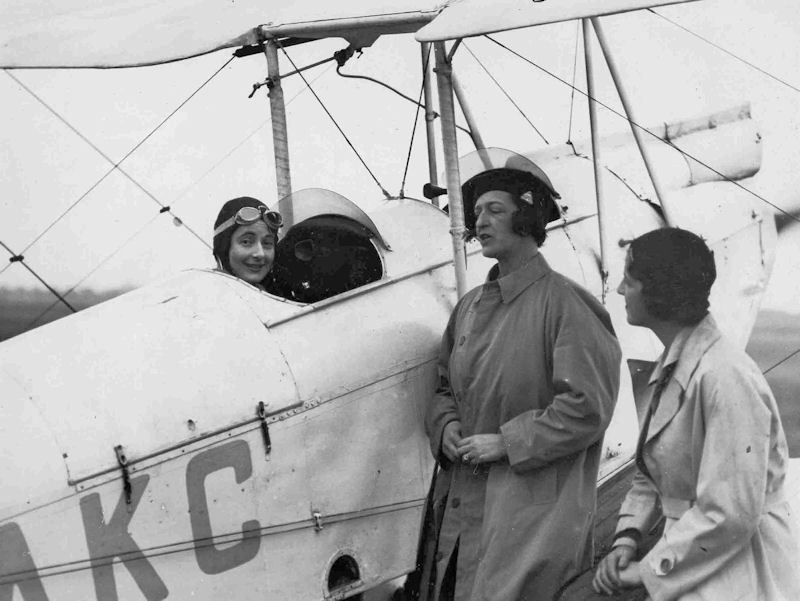
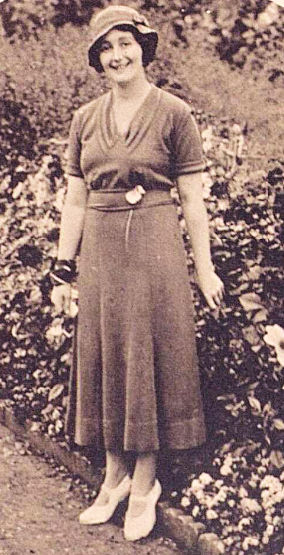 At Combermere Abbey in 1932
At Combermere Abbey in 1932
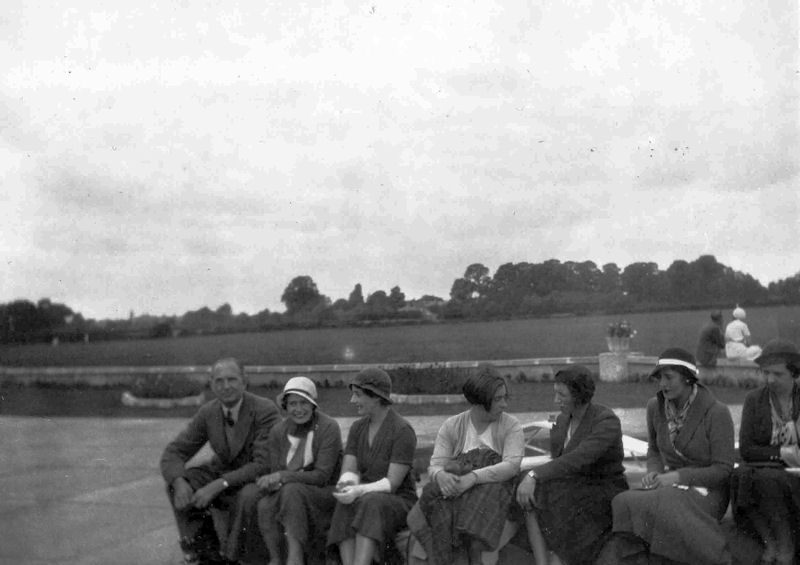
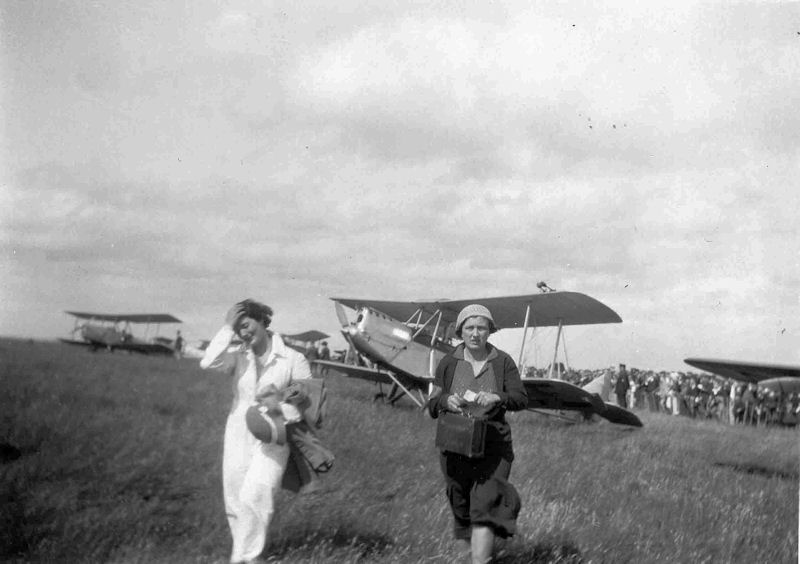
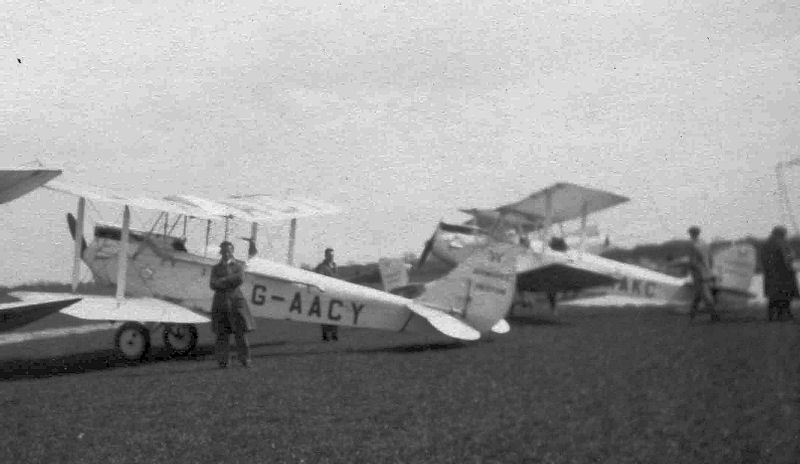
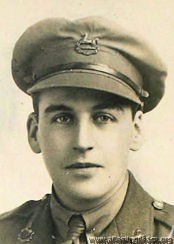 in 1917, when a 2nd Lieut., RFC, aged 27
in 1917, when a 2nd Lieut., RFC, aged 27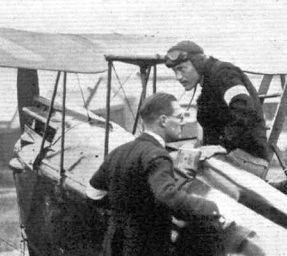 Flight, 1931
Flight, 1931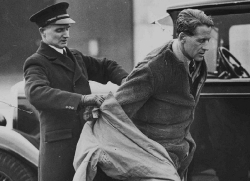
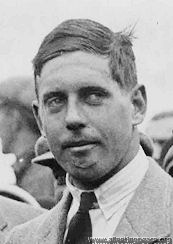 1931, aged 26
1931, aged 26
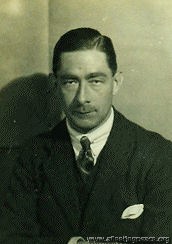
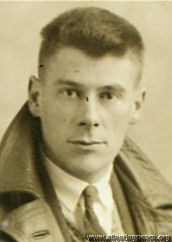
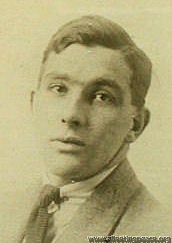 1918, when a 2nd Liet, aged 19
1918, when a 2nd Liet, aged 19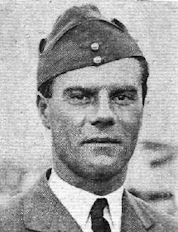
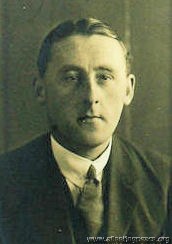
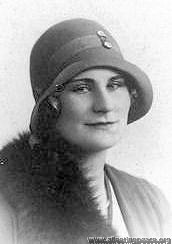
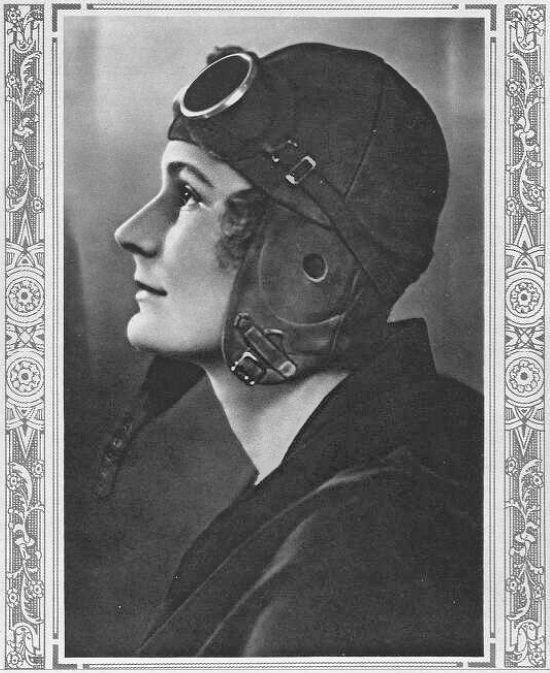
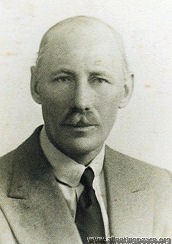 1929, aged 54
1929, aged 54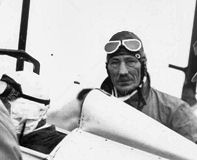
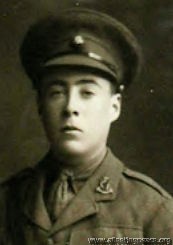 1916, when a 2nd Lieut, Royal Irish Rifles, aged 18
1916, when a 2nd Lieut, Royal Irish Rifles, aged 18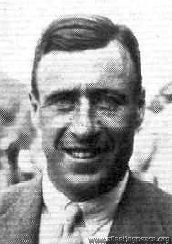 1931
1931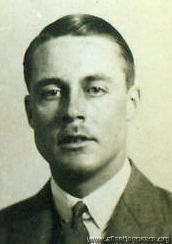 1927, aged 23
1927, aged 23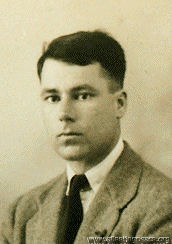 1930, aged 27
1930, aged 27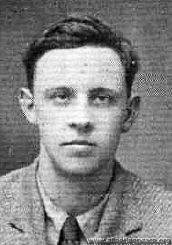 1931
1931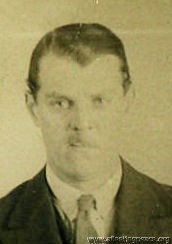 1928, aged 29
1928, aged 29
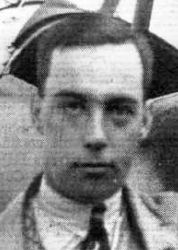

 "To the beloved and wonderful memory of Haliburton Hume Leech".
"To the beloved and wonderful memory of Haliburton Hume Leech".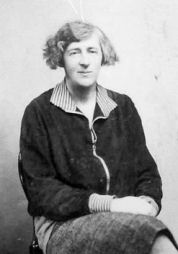
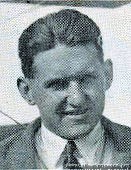 1930, aged 24
1930, aged 24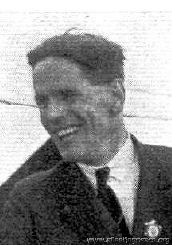 1937, aged 30
1937, aged 30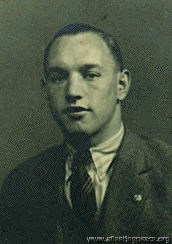
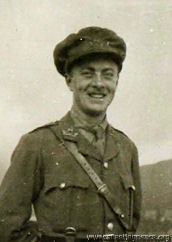 1916, when a 2nd Lieut in the 2/5th Royal Warwickshire Regiment, aged 25
1916, when a 2nd Lieut in the 2/5th Royal Warwickshire Regiment, aged 25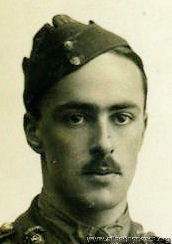
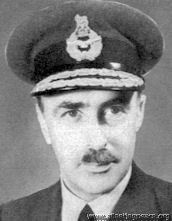
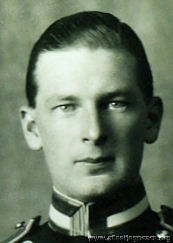 1930, aged 29
1930, aged 29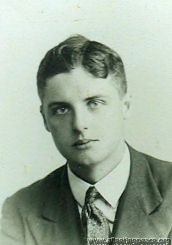 1930, aged 23
1930, aged 23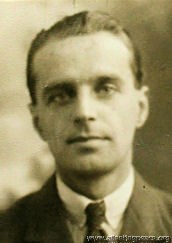
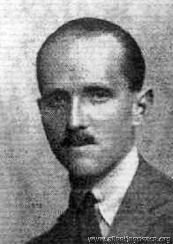
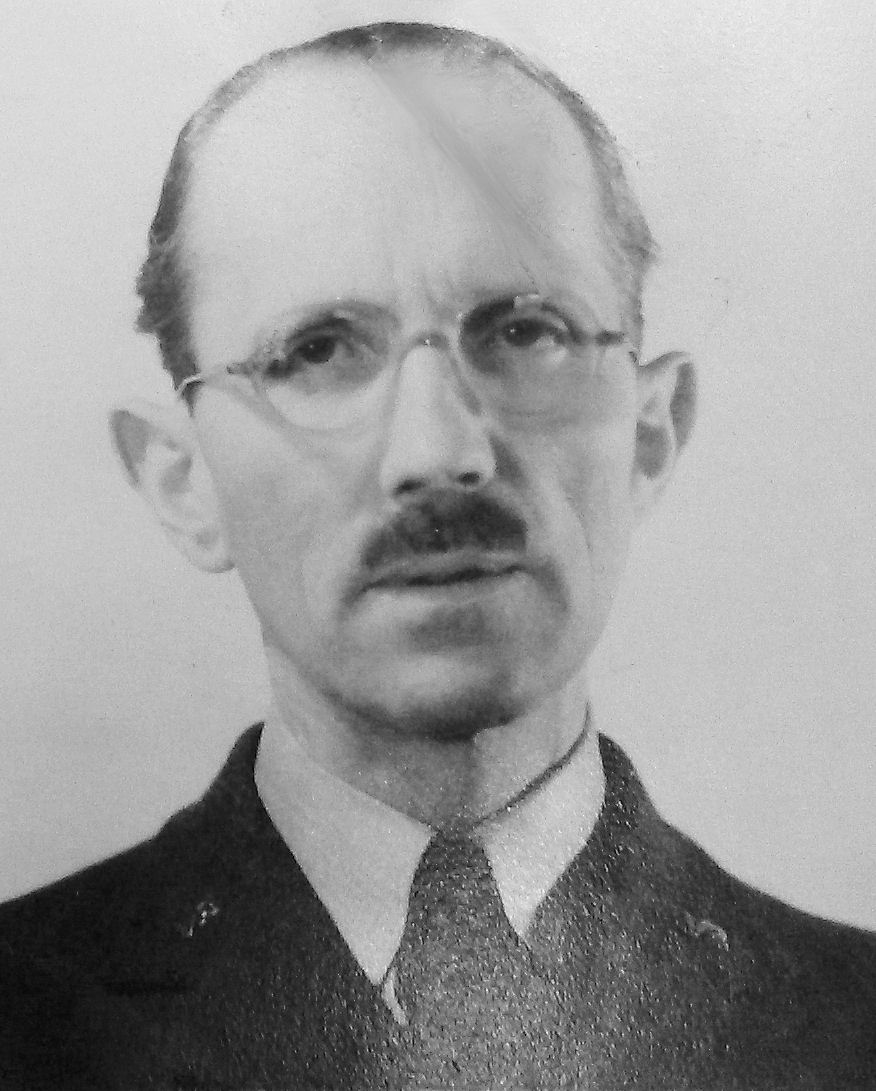 ATA, 1943
ATA, 1943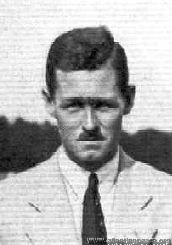
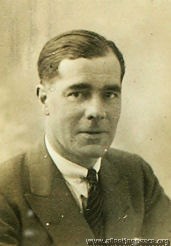 1930, aged 43
1930, aged 43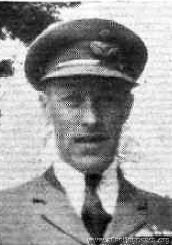
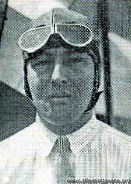 1930, aged 42
1930, aged 42